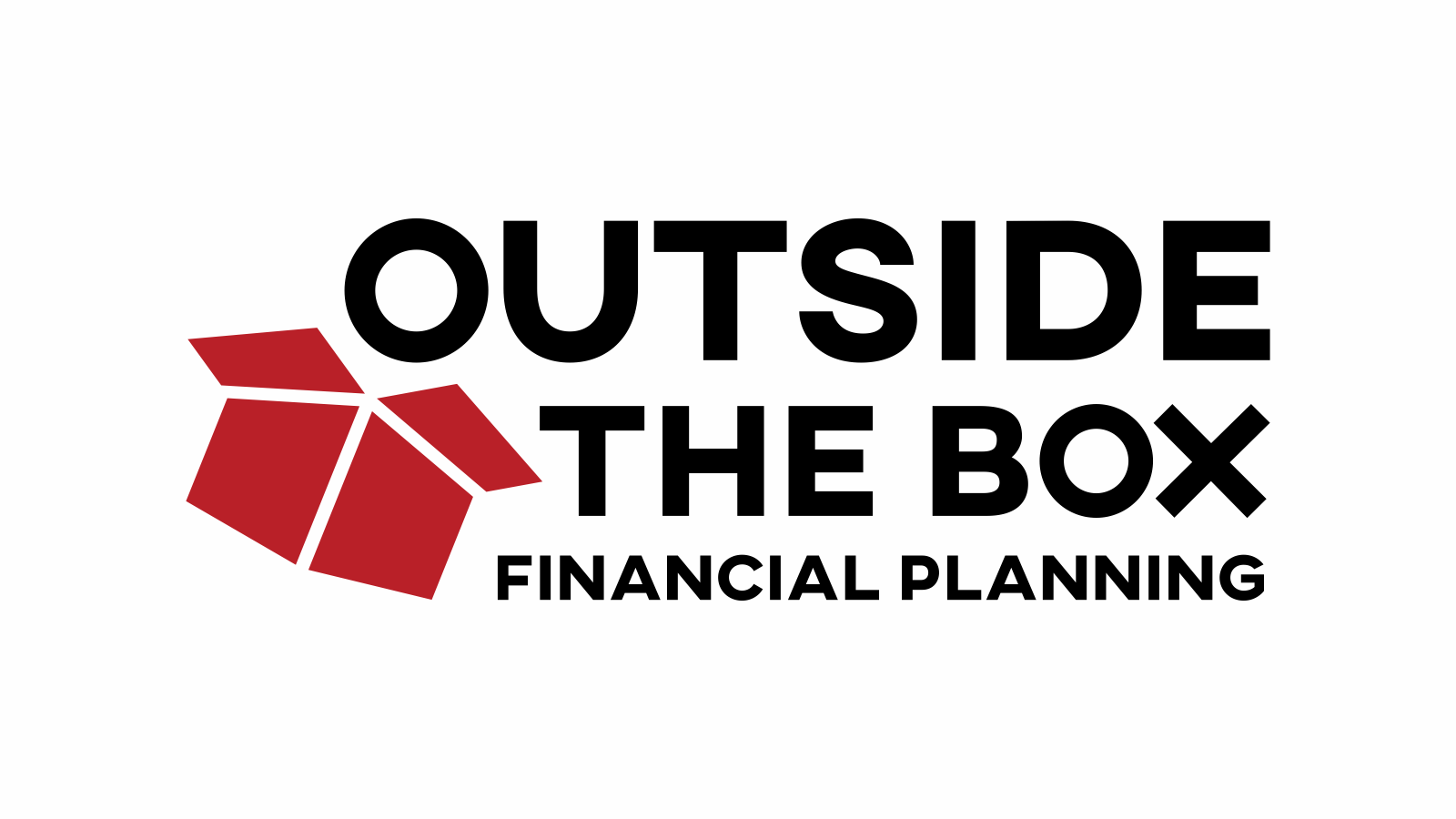The History and Business of Valentine’s Day
We will spend almost $20 billion in 2018
When we were in elementary school, most of us have fond memories of receiving cards and candy on every February 14th. We would bring a decorated shoe-box to school and by the end of the day, it would be filled with sweet notes from our classmates and lots of candy.
But how many of us knew then, or know now, the history of Valentine’s Day? Or how big Valentine’s Day business really is? Let’s explore.
A Muddled History of Valentine’s Day
The history of Valentine’s Day is shrouded in mystery – and some would say its origins are anything but romantic. But most historians agree that today’s holiday can trace its roots through both Christian
and Roman history.
Many historians suggest that the ancient Romans are responsible for our modern Valentine’s Day because Emperor Claudius II executed two men – both happened to be named Valentine – on February 14th
of different years in the 3rd century. Legend suggests that one of the Valentines, a priest, performed marriages in secret despite the fact Claudius had outlawed marriage for young men because he decided that single men made better soldiers than those with wives. When Claudius discovered that Valentine was performing marriages, he was put to death.
Other historians suggest that the Christian church
may have decided to place St. Valentine’s feast day in the middle of February to “Christianize” celebration of Lupercalia, which was a fertility festival – as well as a pagan one – dedicated to the Roman god of Agriculture, Faunus.
The Business of Valentine’s Day
No matter your historical perspective, no one can argue that in 1913, Valentine’s Day forever changed when a Kansas City-based firm named Hallmark
Cards began mass producing Valentine’s Day cards.
And today, Valentine’s Day is huge business:
- According to the National Retail Federation, consumers in the U.S. will spend an estimated $19.6 billion on gifts for Valentine’s Day, up from $18.2 billion the previous year.
- More than 10 percent, or $2 billion, will be spent on flowers. And this one day represents 13% of the annual flower sales.
- According to the Greeting Card Association, an estimated 1 billion Valentine’s Day cards are sent each year, making Valentine’s Day the second largest card-sending holiday of the year (2.6 billion cards are sent during Christmas).
- Women purchase approximately 85% of all valentines. But men spend almost twice as much as women on Valentine’s Day gifts.
- $143.56 is the average amount we will each spend on Valentine’s Day in 2018
- $3.7 billion is the total amount spent by couples planning a night out on Valentine’s Day.
- 94% of Americans want chocolate as a gift.
Valentine’s Day & Financial Planning
So, you’re probably wondering, “what does
Valentine’s Day have to do with financial planning?”
Well, I could suggest that the amount of money we spend each Valentine’s Day is reflective of the overall economy, much like Black Friday signifies the health
of the upcoming shopping season. Or I could suggest that the $20 billion is a big part of our consumer spending, which makes up 2/3 of our GDP
(but remember U.S. GDP is about $18 trillion).
But truthfully, Valentine’s Day really has nothing to
do with financial planning at all.
So, how about instead I promise if you sign up for my newsletter, I’ll send you a box of chocolates? Happy Valentine’s Day!

